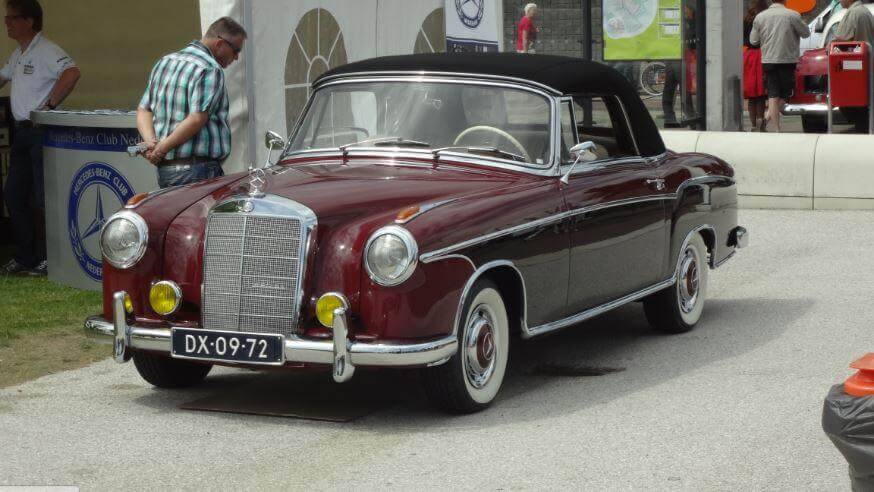Introductie en historie Mercedes-Benz W120/W121 – W105/W128/W180
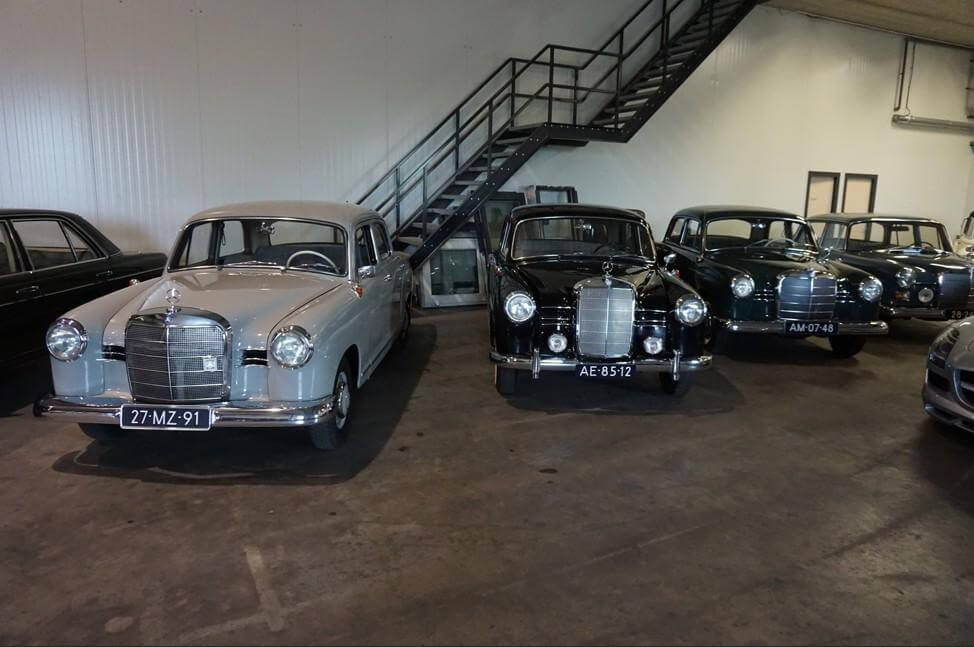
Introduction and History of the Mercedes-Benz Ponton Series (1953–1962)
The Mercedes-Benz Ponton series, produced from 1953 to 1962, marked a turning point in automotive history — not just for Mercedes-Benz, but for postwar car design in general. The name “Ponton” (German for pontoon) refers to the smooth, full-width body styling that replaced the separate fenders and running boards of earlier prewar models.
This design language ushered in a modern era of integrated, monocoque (unibody) construction, improved safety, and streamlined aesthetics — laying the groundwork for what would later evolve into the S-Class, E-Class, and SL families.
A Modern Vision: The Birth of the Ponton
In the aftermath of World War II, Mercedes-Benz focused on rebuilding its production capacity and reviving its engineering legacy.
The Ponton series debuted with the W120 180 in 1953, a clean-slate design that replaced the aging W136.
The series expanded to include sedans, coupés, convertibles, roadsters, and even station wagons, spanning four-cylinder, six-cylinder, diesel, and performance variants.
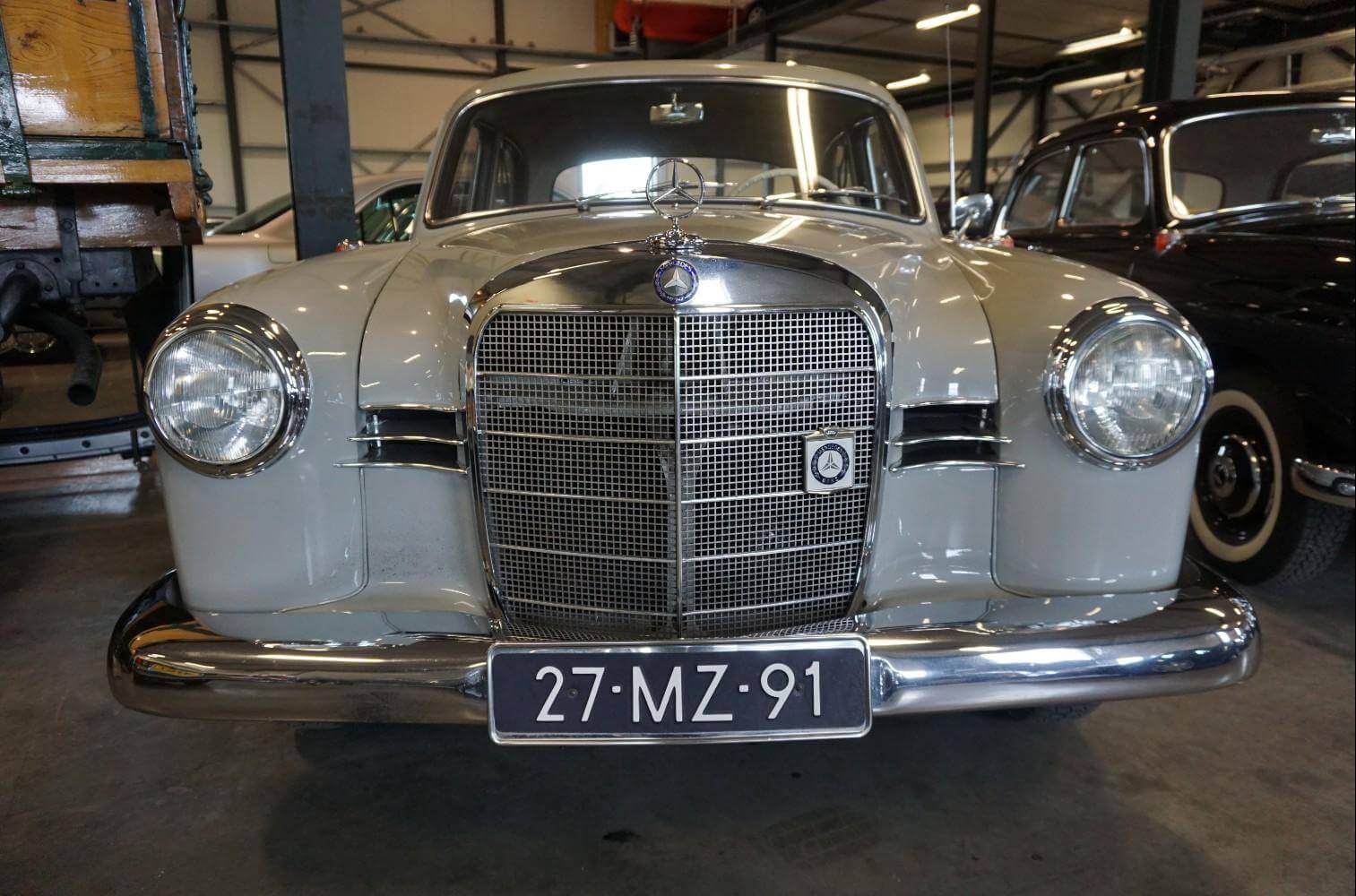
Platform Families Within the Ponton Series
There were three primary chassis groups within the Ponton family:
🔹 W120 / W121 – Mid-size 4-cylinder sedans (1953–1962)
Models: 180, 180D, 190, 190D
Engines: Inline-4 petrol and diesel
Known for: Ruggedness, economy, and mass-market appeal
🔹 W105 / W180 / W128 – 6-cylinder executive sedans, coupés, and convertibles (1954–1960)
Models: 219, 220a, 220S, 220SE
Engines: 2.2L inline-6 M180/M127
Known for: Smoother performance, higher trim levels, wood and leather interiors
🔹 W180 / W128 Coupé & Cabriolet (1956–1960)
Two-door luxury versions of the 220-series
Highly elegant, hand-built cars that foreshadowed the later W111 coupés and convertibles
🚘 The Ponton chassis and suspension systems formed the base for multiple body styles and were heavily influenced by Mercedes’ safety expert Béla Barényi, with early crumple zone concepts integrated into the structure.
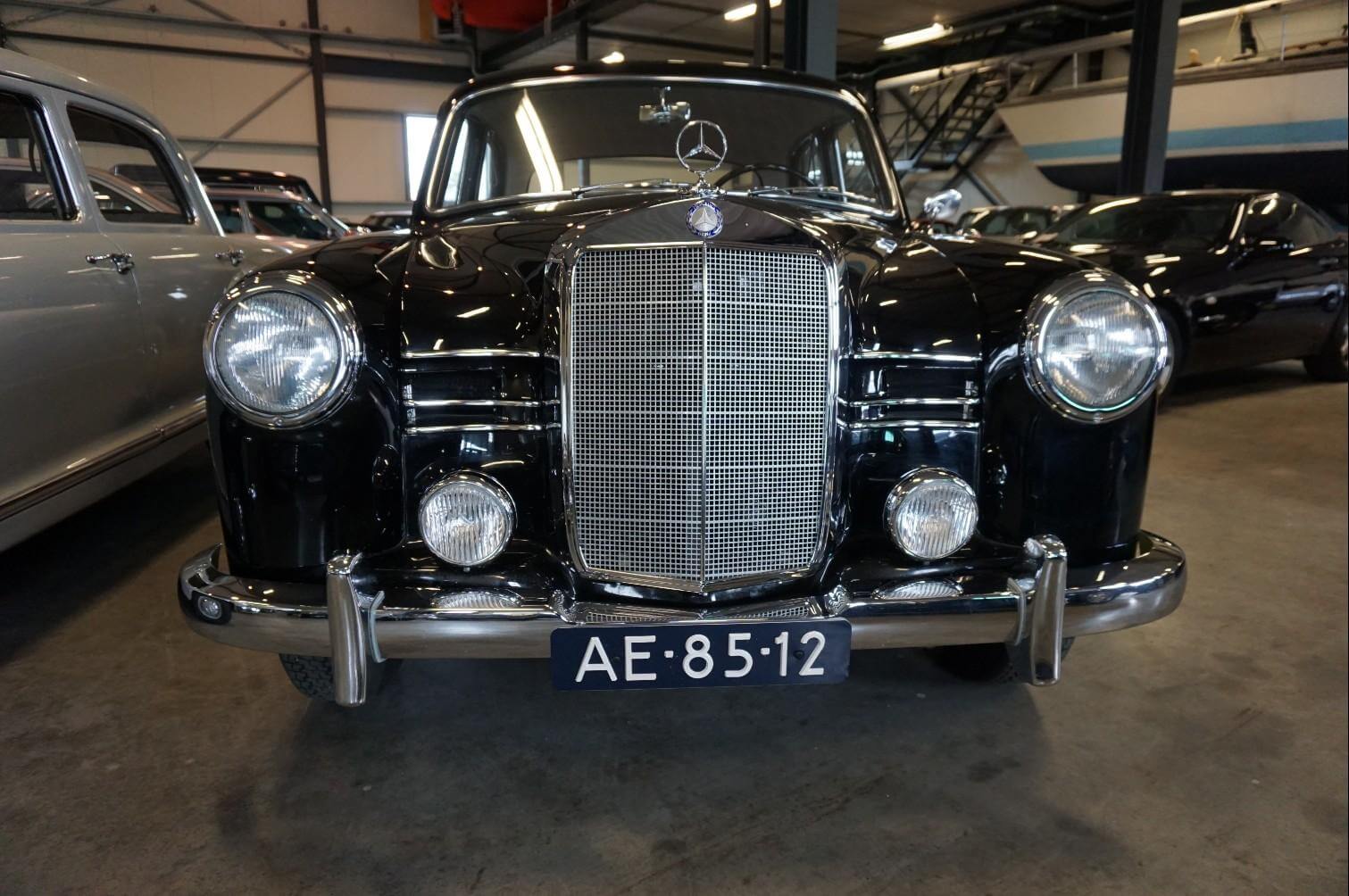
⚙️ Engine Variants
| Engine | Type | Fuel | Power Range |
|---|---|---|---|
| M136 | 1.8L I4 | Petrol | ~52–65 hp |
| OM636 | 1.8L I4 | Diesel | ~40 hp |
| M121 | 1.9L I4 | Petrol | ~75–85 hp |
| OM621 | 1.9L I4 | Diesel | ~50 hp |
| M180 / M127 | 2.2L I6 | Petrol | ~85–115 hp (incl. fuel-injection) |
🏭 Production Overview
| Model Group | Years | Units Produced |
|---|---|---|
| W120/W121 (180/190) | 1953–1962 | ~813,000 |
| W105/W180/W128 (219/220) | 1954–1960 | ~139,000 |
| Coupé/Cabriolet (220S/SE) | 1956–1960 | ~5,000 (combined) |
Total production for all Ponton variants: ~950,000 units
This made it the first postwar mass-production success for Mercedes-Benz.
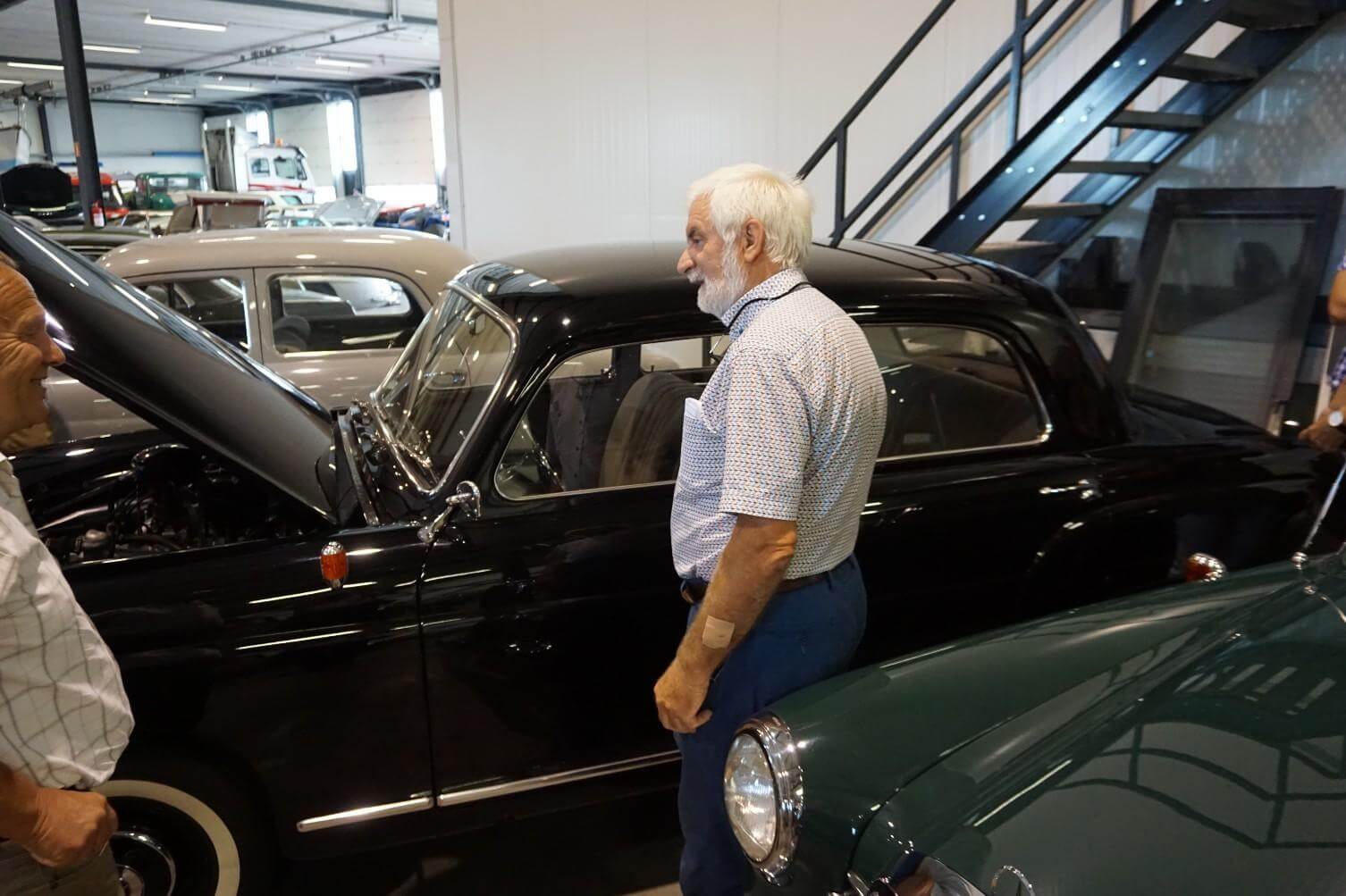
A Car for Everyone
Taxis and working-class buyers favored the 180D and 190D for their legendary fuel efficiency and longevity.
Middle-class professionals chose the 190 or 219 for a touch more refinement.
Affluent buyers leaned toward the 220S or SE, especially the stylish coupé and cabriolet versions.
Export markets (including the U.S., South America, and Africa) helped establish Mercedes-Benz as a global premium brand.
Technical Highlights
Monocoque (unibody) construction: stronger, safer, and lighter
Swing axle rear suspension: improved ride comfort (though controversial in handling at the limit)
Column-shift manual transmission (4-speed), some with automatic clutch (Hydrak)
First optional fuel injection in a mainstream Mercedes (220SE)
Advanced heater and ventilation systems for the time
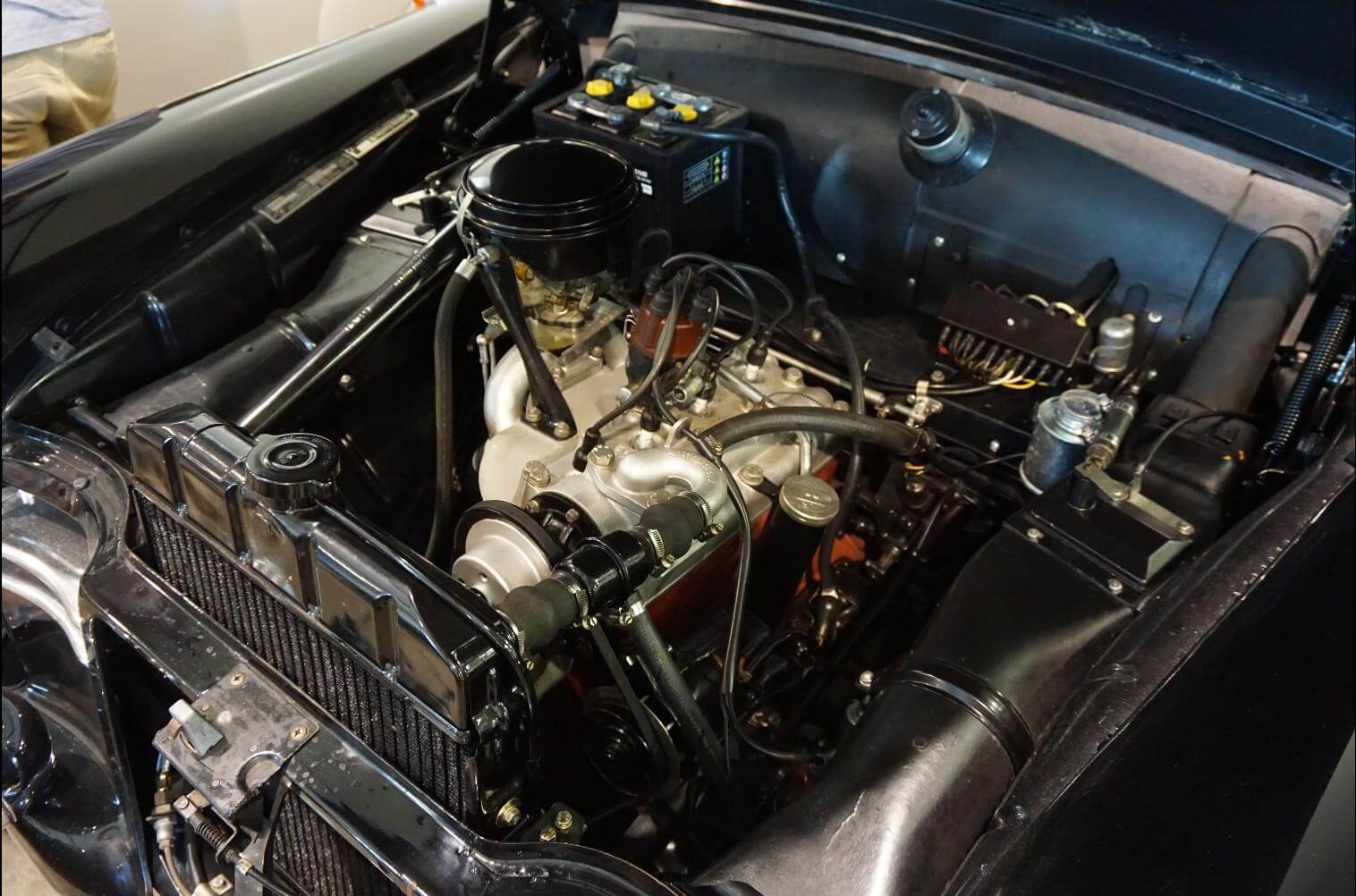
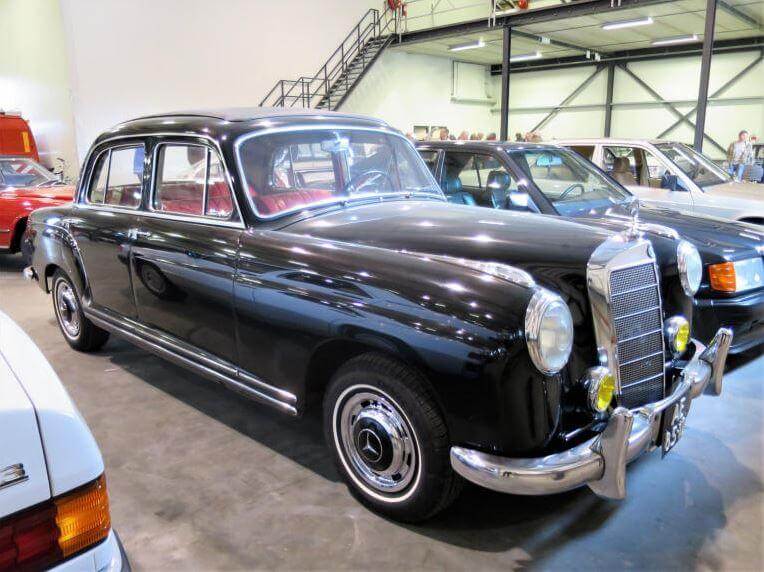
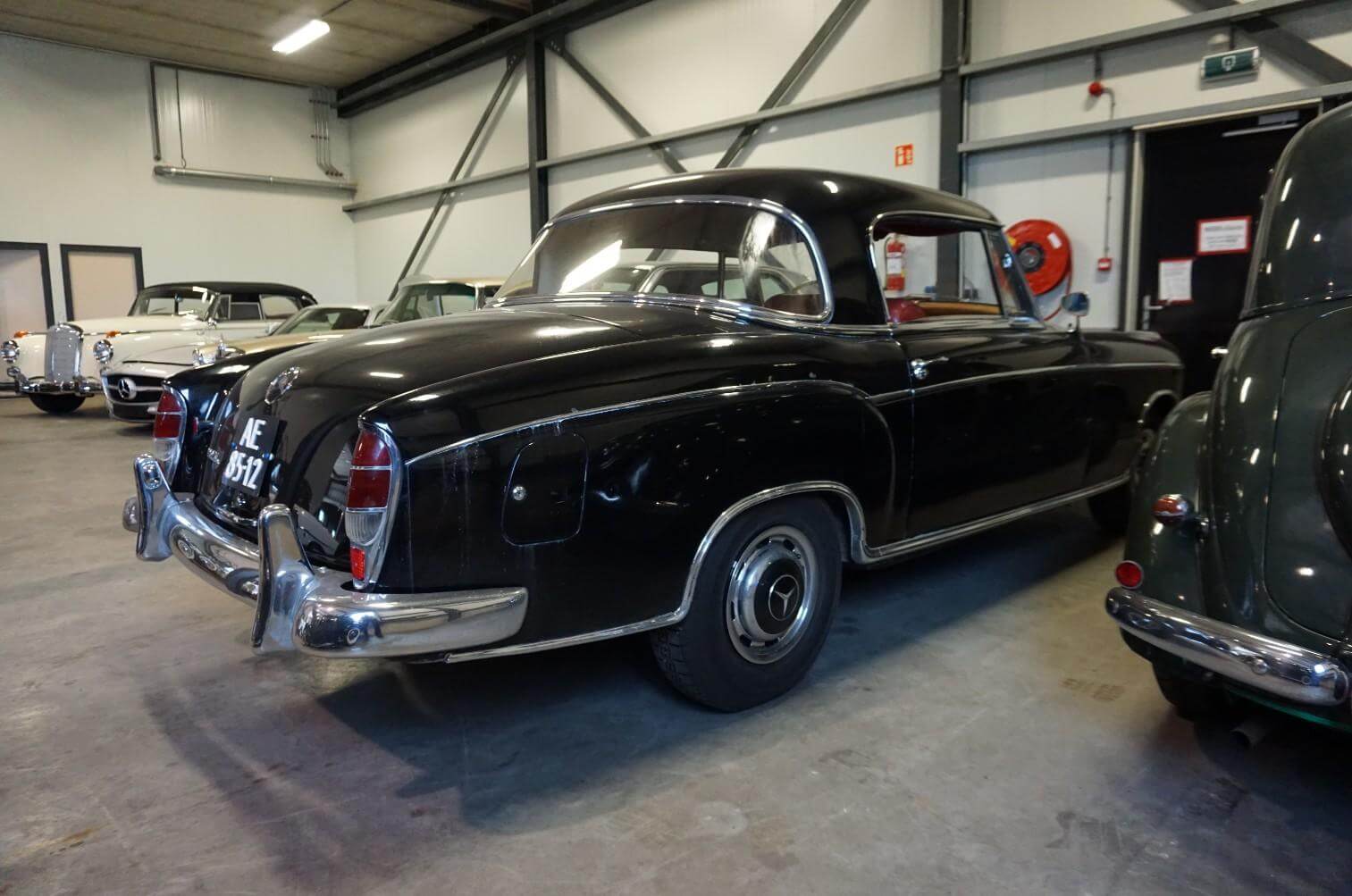
Legacy of the Ponton Series
First modern generation of Mercedes-Benz passenger cars after WWII
Direct ancestors of:
W110 “Fintail” → which became the E-Class lineage
W111 Coupé/Cabriolet → which evolved into later S-Class coupés
W113 “Pagoda” SL → based on shortened Ponton chassis
Regarded as incredibly durable, many were in service as taxis or fleet vehicles well into the 1980s
Cultural & Historical Notes
Commonly seen in European postwar cinema and government use
The 180D earned the nickname “million-kilometer car”
Known for build quality that outlasted entire decades of ownership
Summary
The Mercedes-Benz Ponton series wasn’t just a transitional model—it was a revolution in how Mercedes designed, engineered, and marketed its cars. Safe, stylish, and solidly built, the Ponton cars helped re-establish Mercedes-Benz as a world-class manufacturer and defined the DNA that still characterizes the brand today.
